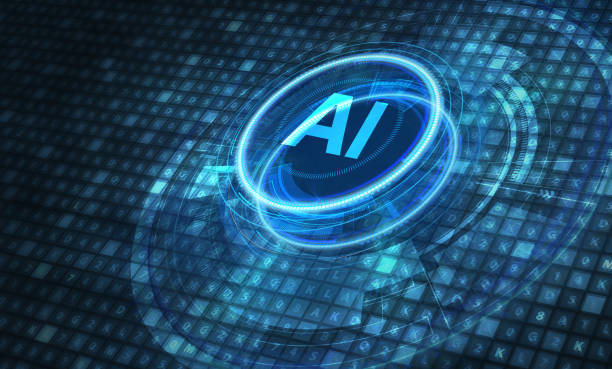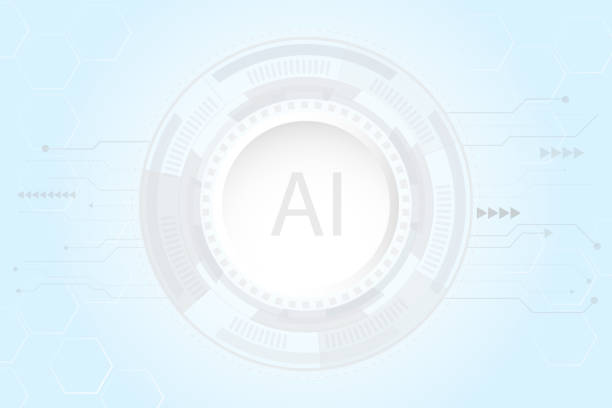What is an AI Robot and How Does it Work?

#AI robot is a combination of two distinct fields: #robotics and #artificial intelligence.
In essence, AI robots are physical machines that, using AI algorithms and models, are capable of performing tasks that previously required human intervention.
The operation of an AI robot can be summarized in three stages: sensing, thinking, and acting.
First, the robot collects data from its surroundings through various sensors (such as cameras, microphones, and touch sensors).
This data is then transferred to a central processing system (which is usually a computer).
In this system, AI algorithms (such as machine learning and neural networks) analyze the data and decide what action the robot should take.
Finally, the robot performs the desired action using its actuators (such as motors and pumps).
AI robots have fundamental differences from traditional robots.
Traditional robots are usually programmed to perform repetitive and predetermined tasks and lack the ability to adapt to new conditions.
In contrast, an AI robot is capable of learning from its experiences and can make new decisions when faced with unexpected situations.
This capability has transformed AI robots into a very powerful tool in various fields.
Do you dream of a thriving online store but don’t know where to start?
Rasawweb is your comprehensive e-commerce website design solution.
✅ Attractive and user-friendly design
✅ Increase sales and revenue⚡ Get free consultation
Diverse Applications of AI Robots in Various Industries
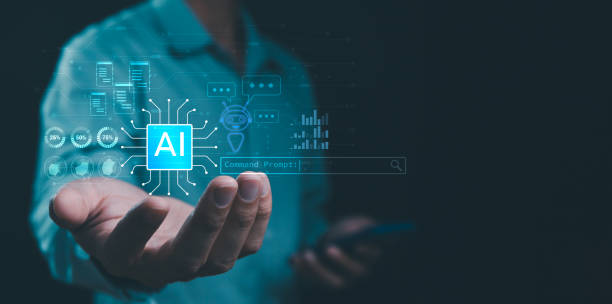
AI robots are rapidly penetrating various industries and offering diverse applications.
In the manufacturing industry, AI robots can be used for automating production lines, quality control, and performing dangerous and repetitive tasks.
This leads to increased productivity, reduced costs, and improved safety.
In the healthcare industry, AI robots can assist doctors in diagnosing diseases, performing precise surgeries, and providing remote medical care.
Surgical robots can perform operations with very high precision, and nursing robots can help patients with daily tasks.
In the logistics and transportation industry, AI robots can be used for warehouse automation, goods delivery, and autonomous driving.
This leads to reduced delivery times, lower transportation costs, and improved efficiency.
Additionally, AI robots have numerous applications in other fields such as education, agriculture, customer services, and even art.
AI robots are reshaping our world and will play an even more significant role in the future.
Advantages and Disadvantages of Using AI Robots

Using AI robots offers many advantages.
Increased productivity, reduced costs, improved safety, performing repetitive and dangerous tasks, and providing better customer services are just some of these benefits.
However, the use of AI robots also has disadvantages.
One of the most significant drawbacks is the loss of human jobs.
With task automation, many jobs previously performed by humans will be taken over by robots.
This can lead to increased unemployment and social inequality.
Furthermore, ethical issues arise with the use of AI robots.
For example, if an AI robot is at fault in a car accident, who will be held responsible? Or if an AI robot collects individuals’ personal information, how can their privacy be protected? These questions require careful consideration and the formulation of appropriate laws and regulations.
Despite these disadvantages, the benefits of using AI robots far outweigh their drawbacks.
With proper management and attention to ethical considerations, this technology can be utilized to its fullest potential, leveraging its advantages.
| Advantages | Disadvantages |
|---|---|
| Increased Productivity | Job Displacement |
| Reduced Costs | Ethical Issues |
| Improved Safety | Complexity and Implementation Cost |
The Future of AI Robots: Prospects and Challenges
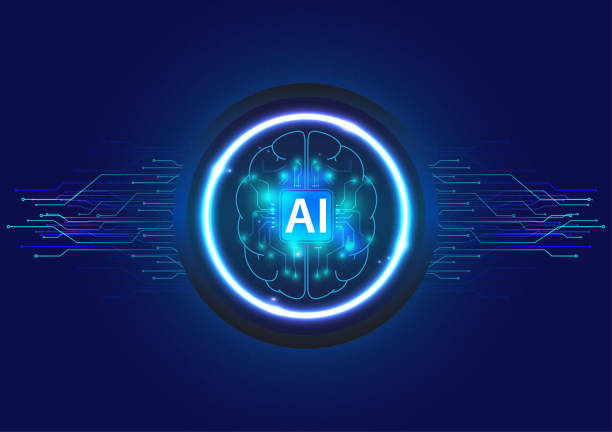
The future of AI robots is very bright.
With continuous advancements in artificial intelligence and robotics, AI robots will play an increasingly important role in our lives.
In the future, AI robots will be capable of performing tasks that are difficult to even imagine today.
For example, AI robots could function as teachers, doctors, lawyers, and even artists.
However, there are also challenges ahead for the development of AI robots.
One of the most important challenges is the development of AI algorithms capable of understanding and responding to human needs.
AI algorithms must be able to comprehend human emotions and make decisions based on them.
Additionally, security challenges exist in the use of AI robots.
AI robots must be protected against cyberattacks, and their misuse must be prevented.
By overcoming these challenges, AI robots can be used as a powerful tool to improve human lives.
#AI robots have the potential to make our world a better place.
Are you tired of your company’s website not being seen as it deserves, losing potential customers? Solve this problem forever with professional and effective website design by Rasawweb!
✅ Increase brand credibility and gain customer trust
✅ Attract targeted sales leads
⚡ Contact us now for a free consultation!
Types of AI Robots: An Overview of Applications
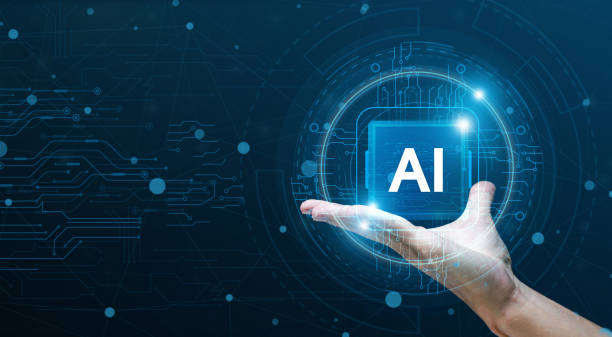
AI robots come in various types, each designed for specific applications.
Industrial robots, service robots, medical robots, and military robots are just a few of these types.
Industrial robots are typically used for performing repetitive and heavy tasks in production lines.
These robots can operate with very high precision and speed, contributing to increased productivity.
Service robots are used to provide customer services in various fields.
For example, service robots can assist customers in hotels, restaurants, and stores.
Medical robots are used to assist doctors in diagnosing diseases, performing surgeries, and providing medical care.
These robots can perform operations with very high precision and help patients recover faster.
Military robots are used to perform dangerous and difficult tasks on the battlefield.
These robots can act as soldiers, spies, and even bomb disposal units.
Each type of AI robot has its specific features and capabilities and is designed for particular applications.
With continuous advancements in robotics and artificial intelligence, new types of AI robots are also being developed, capable of performing tasks that previously seemed impossible.
Machine Learning and Its Role in the Development of AI Robots

Machine learning is one of the most important fields of artificial intelligence, playing a crucial role in the development of AI robots.
Machine learning enables robots to learn from their experiences and improve their performance.
By using machine learning algorithms, robots can identify patterns in data, make accurate predictions, and make better decisions.
Machine learning allows robots to adapt to new conditions and perform well in unexpected environments.
For example, an AI robot designed for autonomous driving can learn from its driving experiences using machine learning and perform well in various driving conditions (such as rain, snow, and traffic).
Various machine learning algorithms exist, each suitable for specific applications.
Supervised learning, unsupervised learning, and reinforcement learning are just some of these algorithms.
By utilizing these algorithms, robots can perform diverse tasks and contribute to improving human lives.
Machine learning is the beating heart of AI robots.
Ethical Challenges in the Design and Use of AI Robots

The design and use of AI robots raise numerous ethical challenges.
One of the most important challenges is accountability.
If an #AI robot is at fault in an accident, who will be held responsible? The robot’s designer, manufacturer, or owner? These questions require careful consideration and the formulation of appropriate laws and regulations.
Another challenge is privacy protection.
AI robots typically collect individuals’ personal information, and this information could be misused.
How can individuals’ privacy be protected from AI robots?
Furthermore, challenges related to discrimination and fairness also exist.
AI algorithms may unintentionally be discriminatory and favor specific groups of people.
How can the discriminatory nature of AI robots be prevented? Additionally, security challenges also arise.
AI robots can be subjected to cyberattacks and used for malicious purposes.
How can AI robots be protected against cyberattacks? Answering these questions requires deep thought and collaboration among various experts.
| Ethical Challenges | Description |
|---|---|
| Accountability | Determining responsibility in case of error |
| Privacy | Protecting individuals’ personal information |
| Discrimination and Fairness | Preventing algorithms from being discriminatory |
The Impact of AI Robots on the Job Market
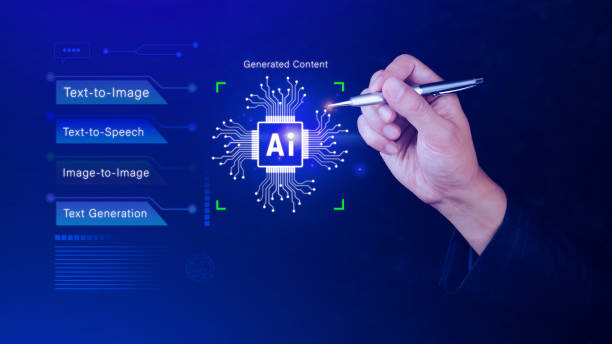
AI robots will have a significant impact on the job market.
With task automation, many jobs previously performed by humans will be taken over by robots.
This can lead to increased unemployment and social inequality.
However, AI robots can also create new jobs.
For example, jobs in the design, manufacturing, maintenance, and programming of robots.
Additionally, AI robots can assist humans in their tasks and increase their productivity.
To benefit from the advantages of AI robots and prevent their disadvantages, appropriate policies must be adopted.
Policies that support the training and retraining of the workforce, policies that encourage the creation of new jobs, and policies that protect workers’ rights.
By adopting appropriate policies, AI robots can be used as a powerful tool to improve human lives.
Otherwise, AI robots could lead to increased inequality and social instability.
Does your company’s website create a professional and lasting first impression in the minds of potential customers? Rasawweb, with professional corporate website design, not only reflects your brand’s credibility but also paves a path for your business growth.
✅ Create a powerful and trustworthy brand image
✅ Attract targeted customers and increase sales
⚡ Get free consultation!
Key Technologies in Building AI Robots
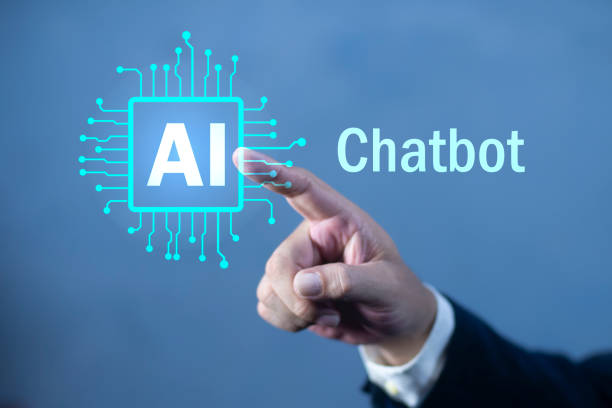
Building an AI robot requires the use of various technologies.
Robotics, artificial intelligence, machine learning, computer vision, natural language processing, and the Internet of Things are just some of these technologies.
Robotics deals with the construction and design of robots.
Artificial intelligence focuses on developing algorithms that enable robots to think and make decisions.
Machine learning allows robots to learn from their experiences and improve their performance.
Computer vision enables robots to see and interpret images.
Natural language processing allows robots to understand human language and communicate with them.
The Internet of Things enables robots to communicate with other devices and systems and share data.
The combination of these technologies enables AI robots to perform diverse tasks and contribute to improving human lives.
With continuous advancements in these technologies, AI robots will play an even more significant role in our lives in the future.
#AI robot is, in fact, an intelligent fusion of these technologies.
Important Tips for Choosing and Buying an AI Robot

Choosing and purchasing a suitable AI robot requires attention to various factors.
First, you need to carefully assess your needs.
What tasks do you want the robot to perform? What budget have you allocated for purchasing the robot? What features are important to you? After assessing your needs, you should research different types of AI robots.
What types of robots are available on the market? What features and capabilities do they have? What are their advantages and disadvantages?
After your research, you should compare different robots.
Which robot is most suitable for your needs? Which robot offers the best value for your money? After comparison, you should purchase your chosen robot from a reputable seller.
Ensure that the seller provides adequate after-sales service.
After purchasing, you must carefully install and set up the robot.
Read the installation and setup instructions carefully and ensure they are followed correctly.
By observing these tips, you can select and purchase an AI robot suitable for your needs.
Remember that an #AI robot is an investment and should be chosen carefully.
The right choice can significantly impact your efficiency and productivity.
AI robots can be used in daily life for convenience.
Frequently Asked Questions
| Row | Question | Answer |
|---|---|---|
| 1 | What is an AI robot? | An AI robot is a machine capable of understanding, reasoning, learning, and problem-solving, and can perform complex tasks with relative autonomy. |
| 2 | What are the most important applications of AI robots? | Key applications include industrial manufacturing, customer services (chatbots), medicine and surgery, autonomous transportation, space exploration, and military affairs. |
| 3 | What is the main difference between an AI robot and a regular robot? | A regular robot only follows programmed instructions, whereas an AI robot can learn from data, make decisions, and adapt itself to new environments. |
| 4 | How do AI robots learn? | They learn through machine learning algorithms (such as deep learning, reinforcement learning) and by processing vast amounts of data, identifying patterns, and improving their performance. |
| 5 | Can AI robots have emotions? | Currently, AI robots do not have real emotions in the human sense. They can mimic or detect emotions, but they do not understand or experience them. |
| 6 | What are the current limitations of AI robots? | Limitations include the need for large amounts of data, inability to grasp abstract concepts, lack of true creativity, ethical issues, and challenges in generalization to new environments. |
| 7 | What is the role of AI in the development of humanoid robots? | AI helps humanoid robots to walk, maintain balance, perceive their surroundings, interact with humans, and perform complex tasks. |
| 8 | How is the future of AI robots predicted? | It is predicted that AI robots will become smarter, more autonomous, and capable of performing more complex tasks in daily life and industry, with increased interaction between them and humans. |
| 9 | Can AI robots replace all human jobs? | It is unlikely that all human jobs will be replaced. Robots will take over many repetitive and dangerous tasks, but jobs requiring creativity, empathy, and ethical judgment will remain. |
| 10 | What ethical and social challenges arise with the expansion of AI robots? | Challenges include issues related to privacy, data security, ethical decision-making by robots, impact on employment, and accountability in case of errors. |
And other services of Rasawweb Advertising Agency in the field of advertising
- Smart Social Media: Revolutionize customer behavior analysis with user experience customization.
- Smart Marketplace: A fast and efficient solution for campaign management focusing on marketing automation.
- Smart Digital Branding: An effective tool for analyzing customer behavior with the help of Google Ads management.
- Smart Website Development: A fast and efficient solution for increasing website traffic with a focus on smart data analysis.
- Smart Customer Journey Map: A dedicated service for growth in website traffic based on marketing automation.
And over hundreds of other services in the field of internet advertising, advertising consultation, and organizational solutions.
Internet Advertising | Advertising Strategy | Advertorial
Resources
What is Artificial Intelligence?, Types of AI Robots, Applications of Artificial Intelligence, Future of Artificial Intelligence
? Ready to boost your business online? Rasawweb Afarin Digital Marketing Agency paves your way to success by offering comprehensive solutions including professional website design, SEO, and content marketing.
📍 Tehran, Mirdamad Street, next to Bank Markazi, Kazeroon Janoubi Alley, Ramin Alley, No. 6

